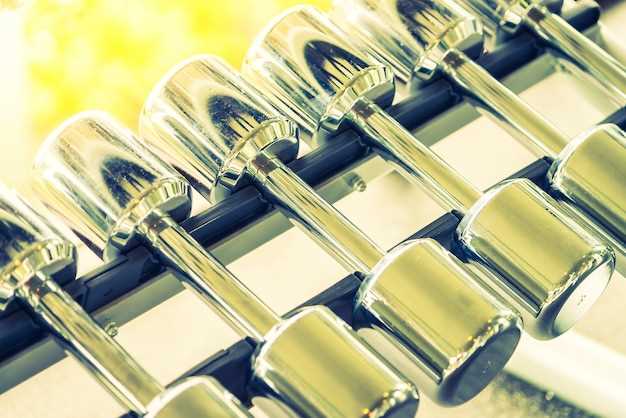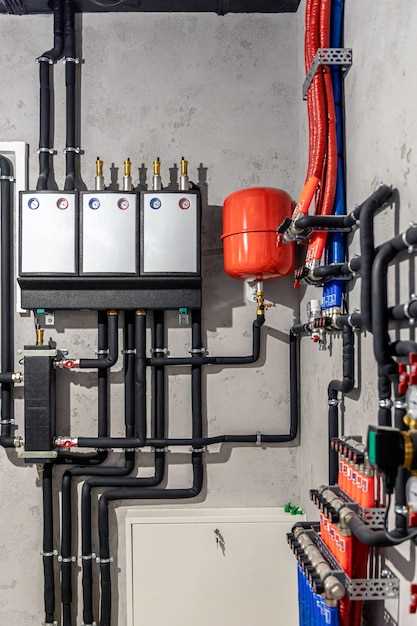
In the world of transportation and logistics, fuel efficiency and operational effectiveness are paramount. One critical component that addresses these concerns is the Auxiliary Power Unit (APU). APUs are designed to provide energy for various systems onboard while the main engine is idle and not in use. This innovation not only minimizes fuel consumption but also enhances the comfort of crew and passengers when the vehicle is stationary.
The installation of an APU can significantly reduce wear and tear on the primary engine, prolonging its lifespan and potentially leading to reduced maintenance costs. Additionally, by relying on an APU for power, vehicles can maintain essential functions such as heating, air conditioning, and electrical systems without excessive idling. This guide aims to provide a comprehensive overview of the essential steps involved in installing an APU, catering to both beginners and seasoned professionals in the industry.
Understanding the technical specifications and requirements for your specific vehicle model is crucial before proceeding with the installation. By following the guidelines outlined in this article, you will be equipped with the necessary knowledge to successfully integrate an APU into your transportation system, ensuring improved efficiency and sustainability in your operations.
Steps for Selecting the Right APU for Your Vehicle
Selecting the right Auxiliary Power Unit (APU) for your vehicle requires careful consideration of various factors to ensure optimal performance and fuel efficiency. The primary purpose of an APU is to provide power while the vehicle is idling, thereby reducing the amount of fuel consumed during idle times.
Firstly, assess your power requirements. Determine the electrical load necessary for your auxiliary systems, such as heating, air conditioning, and other onboard equipment. The APU should be capable of supplying enough power without being under constant strain.
Next, evaluate the fuel efficiency of the APU models you are considering. Look for units that offer significant idle reduction capabilities, minimizing fuel consumption while the vehicle is stationary. This can greatly decrease operational costs over time.
Consider the weight and size of the APU. Ensure that it fits within the specific dimensions and weight limits of your vehicle without impacting its overall performance and handling. A well-suited APU will not add unnecessary burden to the vehicle’s dynamics.
It is also important to check the noise level of the APU. Select a model that operates quietly to avoid disturbances, especially if you are frequently parked in residential areas or need to maintain a low profile during overnight stops.
Finally, review the manufacturer’s warranty and support services. A reliable APU comes with comprehensive customer support and warranty to protect your investment. Consider models that offer maintenance packages to ensure longevity and efficiency.
Installation Process for Auxiliary Power Units: A Step-by-Step Approach

Installing an Auxiliary Power Unit (APU) requires careful planning and execution to ensure optimal performance and efficiency. The primary objective is to achieve a significant reduction in engine wear and fuel consumption during ground operations.
Begin by gathering all necessary tools and equipment, including lifting devices, electrical connections, mounting brackets, and safety gear. Ensure that the APU model is compatible with your aircraft specifications, and review the manufacturer’s installation manual for any specific instructions.
Next, prepare the installation site by cleaning the area where the APU will be mounted. Remove any obstacles and ensure that the surface is level and free from debris. This preparation is crucial for a secure installation.
Once the site is ready, lift the APU into place using appropriate lifting equipment. Align the mounting brackets with the pre-drilled holes on the aircraft structure. It is essential to secure the APU properly to prevent vibrations during operation.
After securing the unit, connect the necessary fuel lines, electrical wires, and exhaust systems according to the schematic provided in the installation manual. Take care to follow correct safety protocols to avoid any potential hazards during these connections. Ensure that all connections are tight to prevent leaks and malfunctions.
Following the connection process, perform a thorough check of all the fittings and mounts. Ensure that the APU is firmly installed and that there is no movement when gently testing it by hand.
Once all connections are secured and verified, proceed to the system checkout phase. Start the APU and monitor its parameters closely. Check for any abnormal sounds or vibrations that might indicate issues with the installation. Additionally, monitor fuel consumption and electrical output to ensure everything meets operational standards.
Finally, document the installation process, noting any particular challenges faced and solutions implemented. This information can prove valuable for future maintenance or installations of APUs on similar aircraft.
Maintaining Your APU for Optimal Performance and Idle Reduction

Regular maintenance of your Auxiliary Power Unit (APU) is crucial for ensuring it operates at peak efficiency and minimizing idle time. APUs provide essential power and air conditioning to your vehicle when the main engine is off, reducing unnecessary fuel consumption and emissions. Follow these practices to maintain your APU effectively.
First, adhere to the manufacturer’s recommended maintenance schedule. This usually includes regular oil changes, filter replacements, and inspections of key components such as the battery, fuel system, and exhaust. Keeping these elements in check ensures that your APU runs smoothly and reduces the risk of unexpected failures.
Next, monitor the coolant levels and overall thermal performance of the APU. Overheating can lead to severe damage and decreased efficiency. Regularly check for leaks and ensure that the cooling system is free of obstructions. Proper cooling allows the APU to perform optimally without the need for excessive idling.
Additionally, keep the APU clean and free from dirt and debris. A clean unit not only performs better but also reduces the chances of overheating and component wear. Inspect air intake screens and filters, and clean or replace them as needed to maintain proper airflow. This ensures that the APU operates efficiently without unnecessary idle time.
Perform routine diagnostic checks to monitor the operational status of your APU. Most modern units come equipped with diagnostic systems that can alert you to potential issues before they escalate. Addressing problems early can prevent costly repairs and reduce idle duration due to unplanned maintenance events.
Lastly, train your personnel on the importance of proper APU operation. Understanding when to use the APU and when to rely on the main engine can significantly impact idle time. Instruct drivers to utilize the APU for power and climate control during stops, minimizing engine idling while preserving fuel and reducing emissions.



